This fun tooth decay experiment with egg shells is all about teeth and how to keep them healthy. First, we discussed the importance of brushing teeth every day, and then we chatted about foods that are good for your teeth and those that aren't.
Sugary, sticky foods are not good for teeth as they stick to the surface. Bacteria then break down the sugar to produce acid, which can damage teeth.
Did you know that eating cheese at the end of a meal can help neutralise the acids in your mouth and reduce the chance of tooth decay?
Tooth Decay Demonstration
We used a mouth model and play dough to demonstrate plaque building up on teeth. The giant teeth made a great prop and really kept the children engaged for a long time.

Then we made models of our mouth using more play dough, talking about the size and shape of teeth in our jaw.
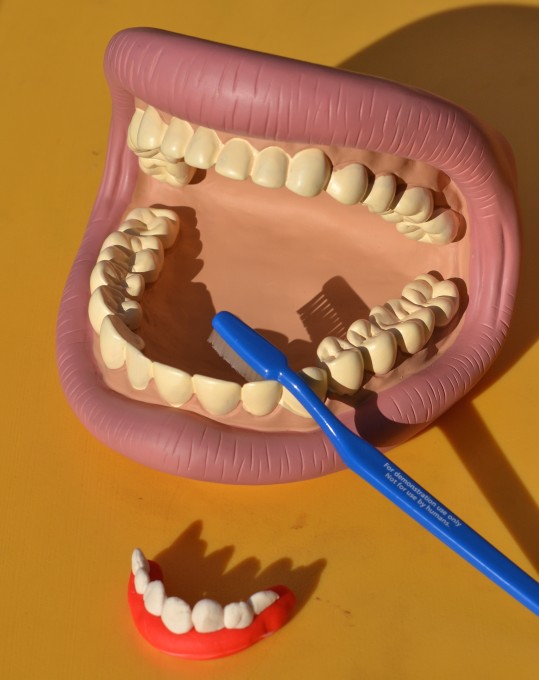
Tooth decay experiment with egg shells
We can't experiment on our own teeth, so we are using eggs to represent them, as the shell of an egg is made of a similar substance to tooth enamel!
What you'll need for a tooth decay experiment:
Eggs
Jars
Water
Tea/Coffee
Fizzy flavoured drink
Vinegar
Toothpaste
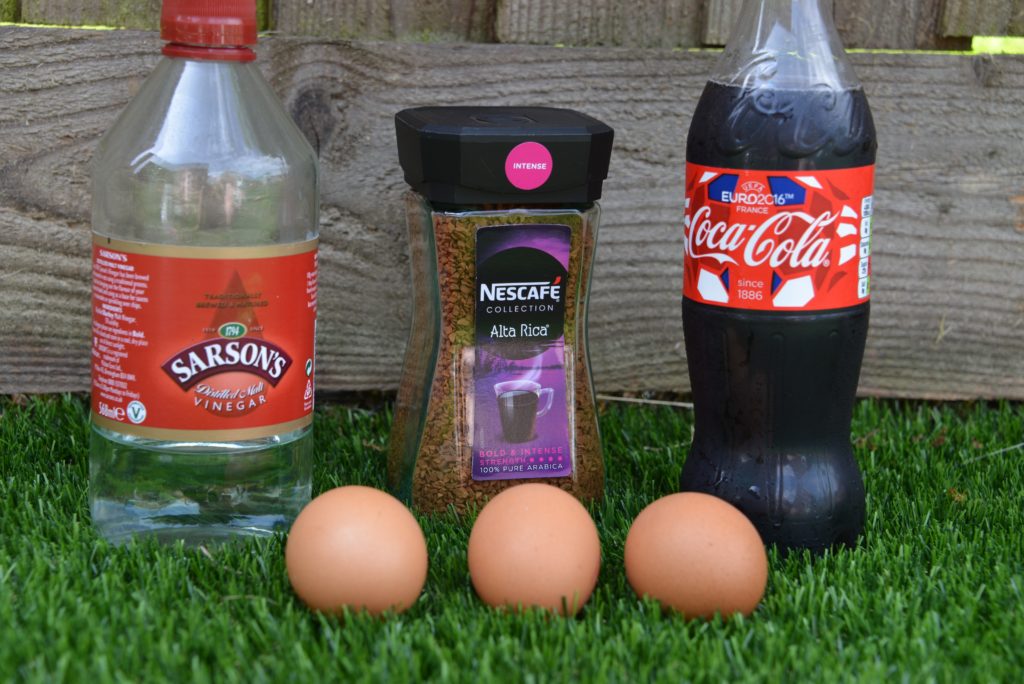
Instructions
- Pour the same amount of fizzy drink, vinegar, water and tea or coffee into your jars.
- Add a whole raw egg still in its shell to each. Cover an extra egg with toothpaste and also place it in tea or coffee.
- Leave for approximately three days.
- Remove the eggs.
- Rinse the egg that has been kept in vinegar and rub it gently until the shell comes away.
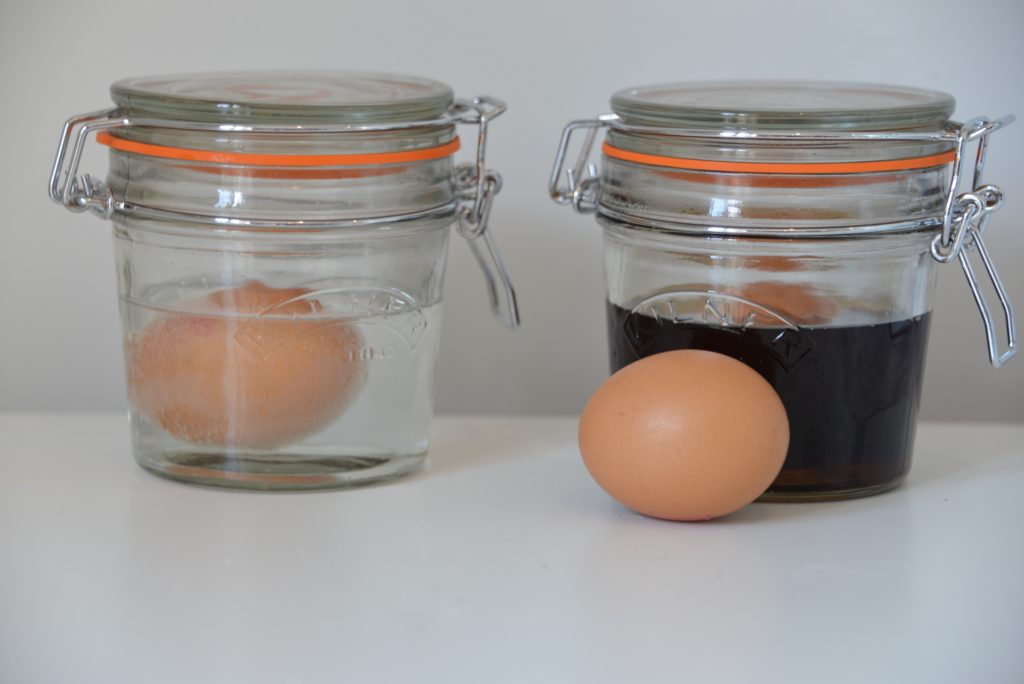
Results of our tooth decay experiment with egg shells
You should see staining on both the fizzy drink and the tea/coffee egg.

We found our toothpaste covered egg stained less than the non toothpaste covered egg.
The vinegar completely dissolved the eggshell, leaving just the membrane behind.

Why do teeth stain?
Tea is rich in tannins, which stain teeth if they're not cleaned properly, while cola and fizzy drinks are acidic as well as containing staining products.
Vinegar ( which is acidic) dissolves the calcium carbonate in the shell, leaving just the membrane intact. This very cool egg experiment lets you bounce an egg without it breaking!
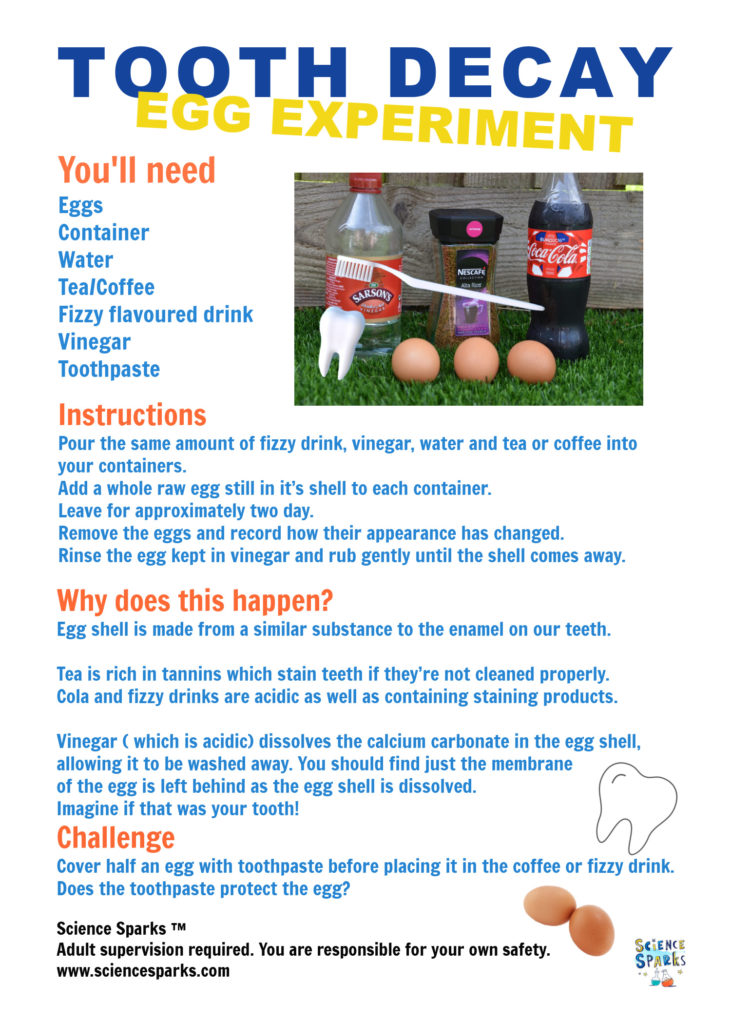
More egg experiments for kids
Did you know you can make a strong bridge from eggshells?
Walk on raw eggs like Housing a Forest.
Make a model mouth using biscuits, marshmallows, jam and peanut butter. This disgusting activity is one of 60 Gross Science Experiments you can find in my latest book, GROSS SCIENCE.
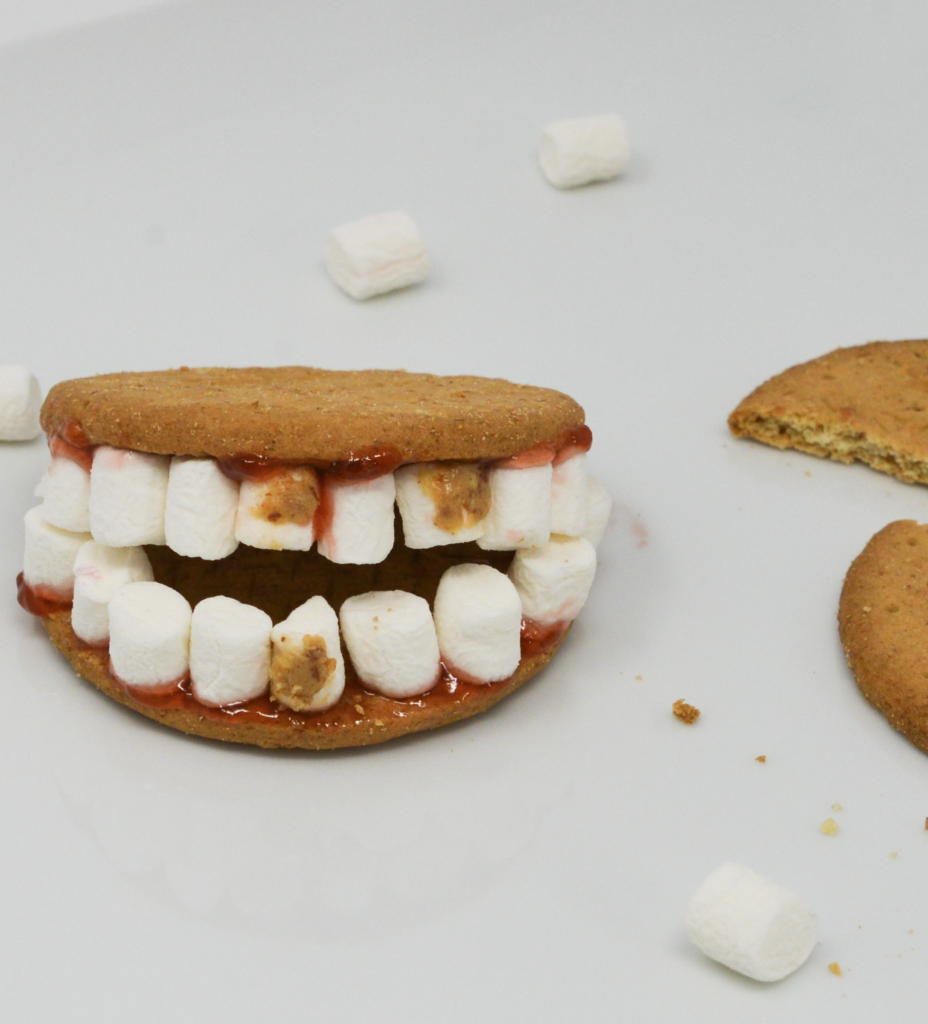
Or, how about trying one of my other very eggy experiments!!
Extra background information for KS1 and KS2 Science
Teeth are not just for eating, animals often use them to defend themselves or to attack other animals.
Different shaped teeth have different purposes. Flat molars like humans have are for grinding and chewing food, while sharp canine teeth are for tearing food apart ( these are found in carnivores ) and large incisors for cutting and chopping grass ( found in herbivores ).
Caring for teeth
Cleaning teeth, using floss and mouthwash help keep teeth and gums free from plaque. Plaque is formed by bacteria feeding on the sugar left on the surface of teeth after eating.
Suitable for Early Years Foundation Stage
Physical Development → Health and self-care → ELG
- Children know the importance for good health of physical exercise, and a healthy diet, and talk about ways to keep healthy and safe. They manage their own basic hygiene and personal needs successfully, including dressing and going to the toilet independently.
Key Stage 2 - teeth test
Describe the importance for humans of exercise, eating the right amounts of different types of food, and hygiene.
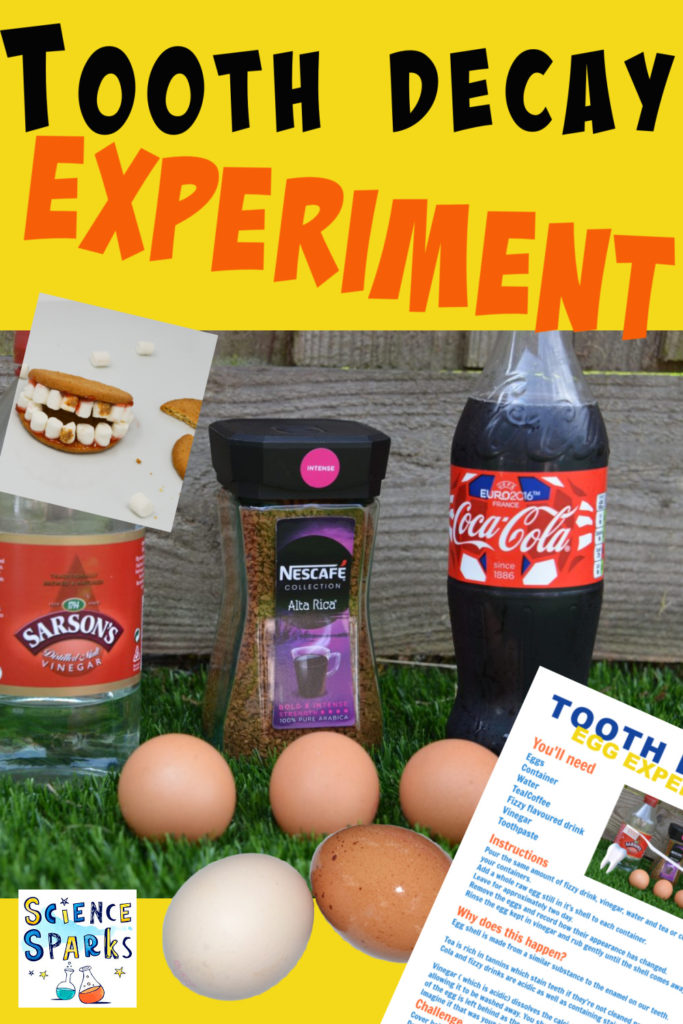
Last Updated on July 4, 2025 by Emma Vanstone
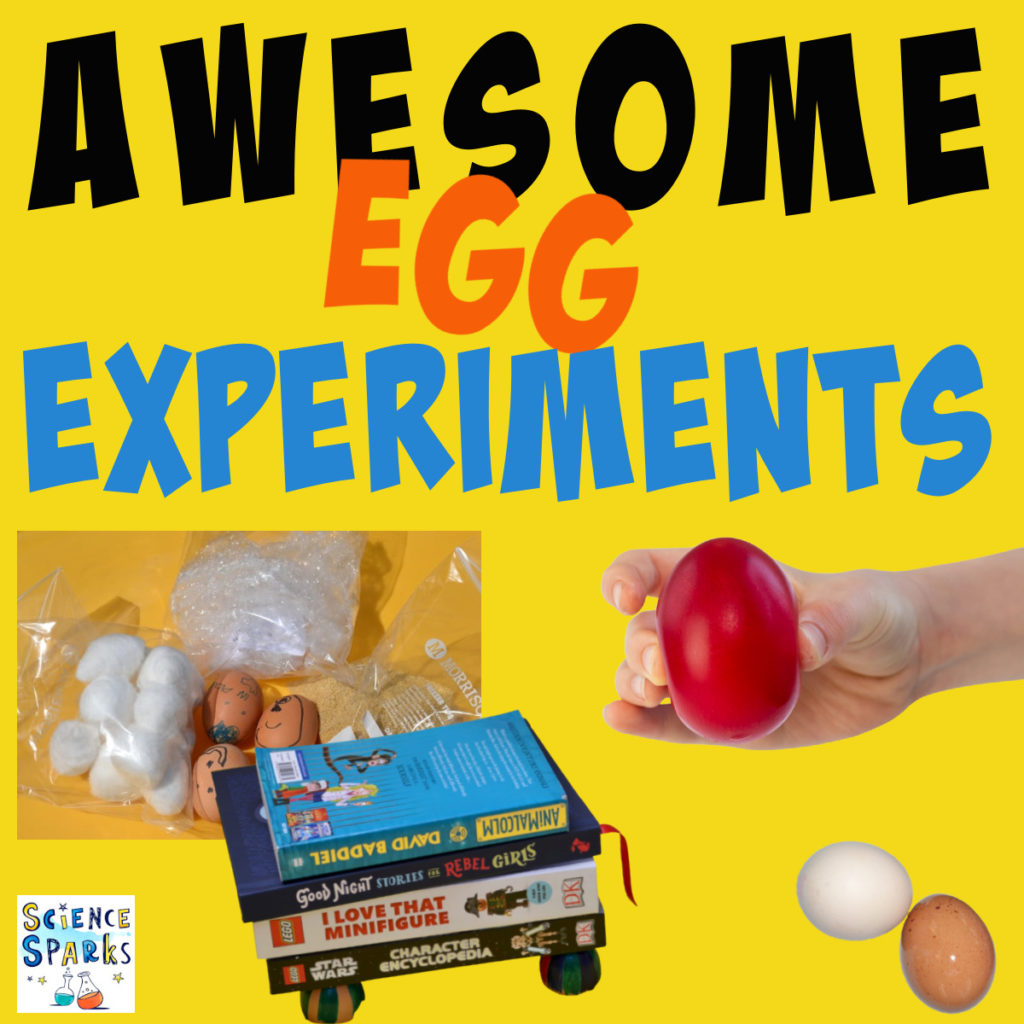

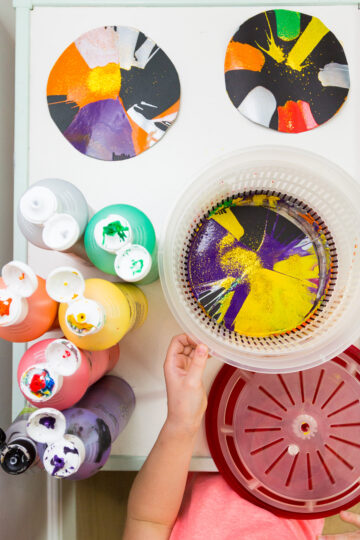
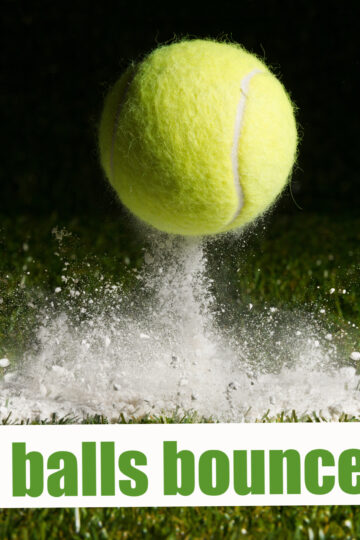
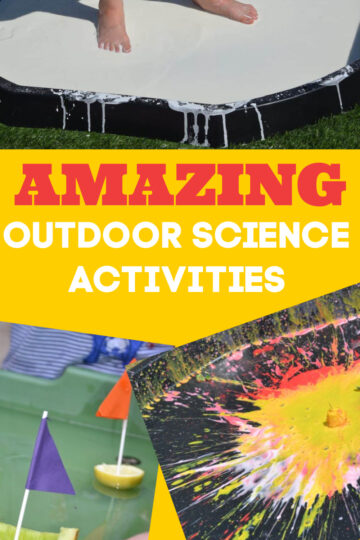
romina says
Is there any other material one could use aside from an egge?
Emma Vanstone says
Small ceramic pieces would work too.
Kirana says
This experiment is awesome!!!